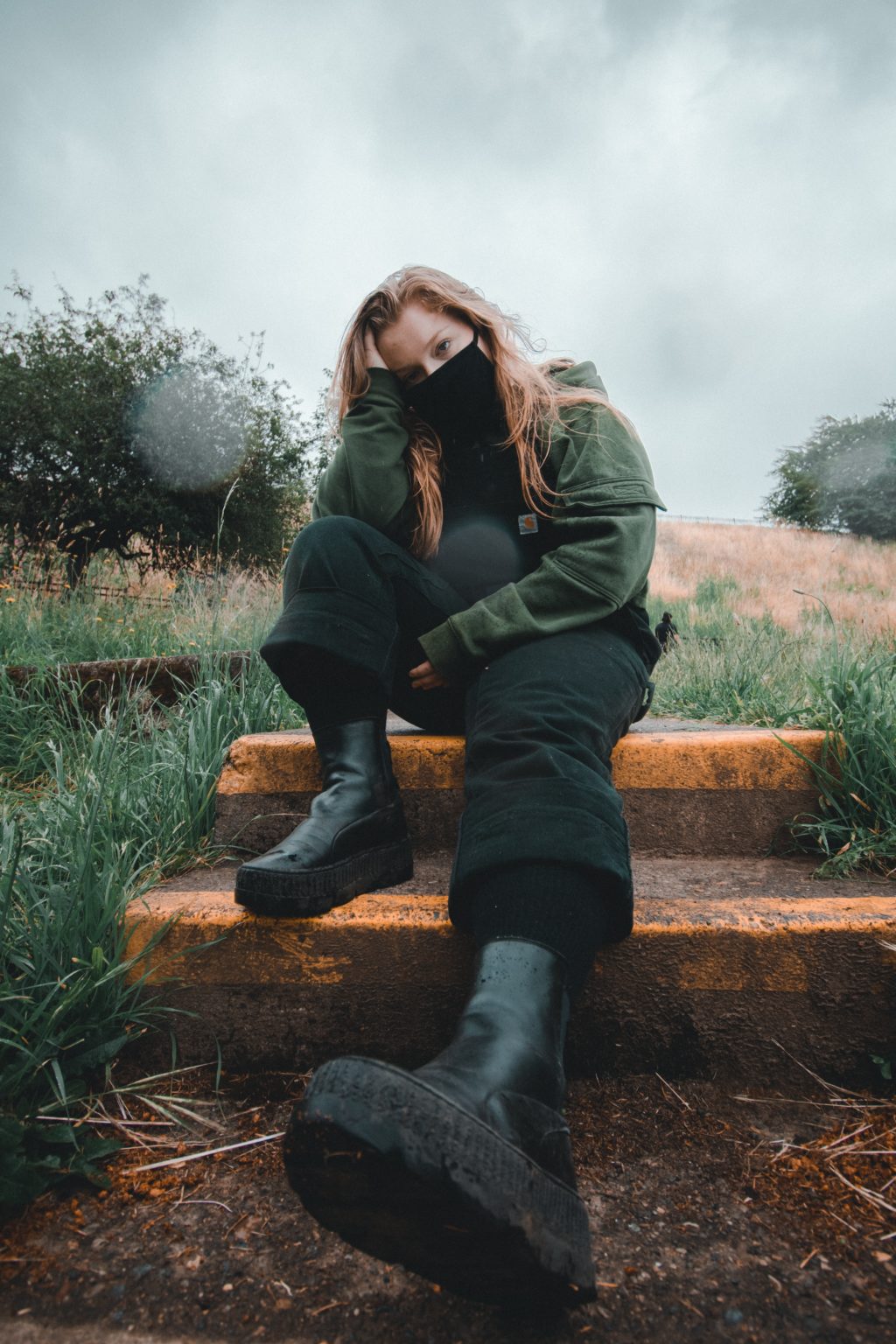I am sure that like me, you have often been told you are doing it wrong. That statement is often applied to many aspects of life but today we are going to look at it in terms of photography.
Not long ago, I wrote an article about ignoring the haters in photography. One of the favorite terms of the hater is, “you are doing it wrong” In most cases, they will not go on to explain what the correct way might be. The reason for that is, for many cases in photography, there is no correct way. Today we are going to explore why there is no right or wrong in photography.
Photography Is Subjective
Let’s look at it this way. If I ask you the correct way to wire a plug, there will be a right answer and a wrong answer. If I ask you the right way to shoot a portrait, you will ask me, ”what do you want to achieve?” Let me ask you another question, who was the greatest photographer? There is no definitive answer. Even if I break that down by genres such as landscapes, there will never be a 100% consensus on the greatest.
That’s the point, most aspects of photography are entirely subjective and you need to be guided by your own needs, rather than the comments of some anonymous faux photographic guru. So let’s look at some of the areas where photography is most subjective.


Composition Is Subjective
From our very first days in photography, we are told that composition is built on rules. The rule of thirds, the golden spiral, leading lines, there are a plethora of rules that we are told we should adhere to. To me, that’s a problem, especially for newcomers to photography. Being told that there is a rule, often fixates us on obedience to that rule. Yet, some of the very best photographs are one’s that bend or even break the rules.
Whilst the rules of composition sound like a good headline, perhaps a better way to describe them is the guidelines of composition. Once you fix in your mind that these are merely guidelines, you can work to them yet be entirely comfortable breaking them. An example of this might be combining the rule of thirds with leading lines. Whilst there might be the temptation to but your subject on a third with lines leading to it, it may well look better sitting dead center of the image.
Composition is a strange beast, what might look dull and uninspired to one person can look incredible to another. For that reason, there is no right or wrong.

Exposure Is Subjective
Ok perhaps not quite as subjective as composition, but given the dynamic range of modern sensors and the capabilities of modern editing apps, the exposure we set in the camera of often neither right nor wrong. For example, one of your peers looks at your shot and says that’s way underexposed. Does that person know what you were trying to achieve? Perhaps it was a landscape with an incredibly moody sky. You don’t have any graduated filters with you, so you expose for that sky with the idea of lifting the foreground in post-production.
The same might be true of a shot that appears over-exposed. Was it over-exposed or is the photographer deliberately push the exposure to the right to get a high-key look to the image. Even pushing the exposure beyond the limits of the histogram is not wrong. It might be technically incorrect but if the end result is what you had planned to achieve then it is not wrong.

The same can hold true for shutter speeds, aperture, and even ISO. An image that exhibits a high amount of noise is not necessarily wrong. It may well be that the photographer wanted and grainy or gritty look. It could be they just did not have a tripod but wanted to get the shot.
Equipment Is Subjective
Have a look at many articles about landscape photography. Most will advocate the need for a wide-angle lens. Now take a look at some of the work of the best landscape photographers. One thing you will see is a plethora of images that were clearly taken with a significant telephoto lens. There is clearly no right or wrong lens to take to a landscape shoot.
The same holds true for a portrait. Conventional wisdom suggests that we shoot with an 80mm, “portrait” lens. Yet, many of the best portraits are ones that break that convention. Perhaps a long-distance shot with a 200mm. Maybe getting up close and personal with a wide-angle lens. There is no right or wrong way, only different ways.

The same is true for cameras. Again articles and gurus will tell you that you need a full-frame camera with a minimum of 50 megapixels to do landscape. Whilst that might be right if you are planning to make billboard-sized prints, for the average person in the street, pretty much any modern camera will take great landscapes. For everything you can do with one type of camera, there is an alternative way of achieving the same look with a different camera.
So where did all this lead us? Well firstly, that whilst your peers may be an invaluable source of experience and information, what they divulge to you is not the right way, it’s a way of doing things. Another peer may tell you how to achieve the same look in a completely different way.
The true point of there being no right or wrong is simple. It opens you up to creative freedom. You are no longer bound by the conventional rules of composition, exposure, or equipment. You can go out and use your own skills to bend and break the rules, using just the equipment you have in your bag. Once you have got yourself into that type of mindset, you will find you are getting a much more diverse and interesting range of shots every time you go out.





4 Comments
I love this article.
I enjoyed this article, why? Because as an amateur photographer I agree it’s not the equipment you use, it’s how you use the equipment you have. I use a Nikon D3200 with whatever kit lens I decide to use. This is not a fancy camera. I normally use the manual or aperture mode to shoot. I shoot more than one type of picture genre. I also found that i can use either Luminar or Lightroom or Photoshop to make slight adjustments if the picture isn’t right. I try to get it right the first time, but lets face it, they don’t always come out perfect.
Always use the Sinatra rule: “I did it my way.”
This situation occurs outside photography in all manner of professional endeavor. People’s notions are constrained by what they are taught rather than by what they have learned. It’s definitely a different paradigm: thinking for yourself rather than being taught what to think.